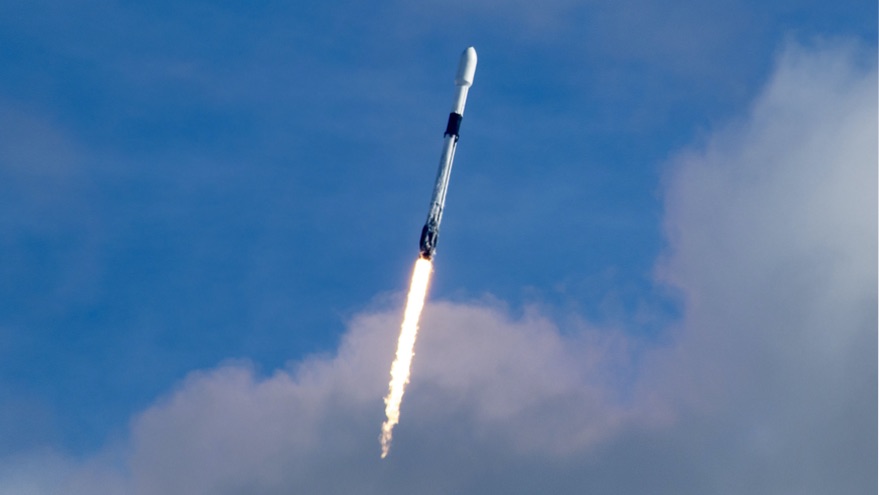Products You May Like
WASHINGTON — The Federal Communications Commission will take up a long-awaited proposal at its next meeting to set aside a spectrum band for commercial launches.
Jessica Rosenworcel, acting chairwoman of the FCC, said in a March 31 statement that the commission would include on the agenda of its next open meeting April 21 a proposed rule to grant a secondary allocation of S-band spectrum, currently reserved for government uses, for telemetry for commercial launches.
That band, between 2,200 and 2,290 megahertz, is used today for commercial launches, but launch operators have to apply for a “special temporary authority” (STA) with the FCC to use that spectrum for each launch, often months in advance. For example, small launch vehicle developer Astra filed an STA application with the FCC March 30 for its next orbital launch attempt, scheduled for no earlier than Aug. 1, seeking use of the band for launch telemetry.
In her statement, Rosenworcel noted the surge in commercial launch activity in recent years. “However, despite the revolutionary activity in our atmosphere, the regulatory frameworks we rely on to support these efforts are dated,” she said. “With today’s proposal, the U.S. is leading the way in developing predictable and transparent rules to support this growing industry.”
The FCC’s move to take up the proposed rule is welcomed by industry groups like the Commercial Spaceflight Federation. “CSF and its members have a long history of working on this issue, and we’re encouraged by the FCC’s announcement today,” Karina Drees, president of the CSF, told SpaceNews. “We look forward to continuing to work with the FCC to advance a prompt and appropriate solution.”
The band in question is currently reserved for government uses, including spacecraft and launch telemetry. In 2013, the FCC published a notice of proposed rulemaking, proposing options to allow use of the band for commercial launches. It noted that the band is “heavily used” by the federal government, raising questions about whether commercial launches could be accommodated there given “the anticipated growth of the commercial launch sector.”
That proposal, though, languished for years. In 2019, Eric Stallmer, at the time president of CSF, asked the FCC to again take up the matter as that long-expected growth in commercial launch activity finally materialized. “In order to enhance coordination, reduce paperwork, and eliminate bureaucratic inefficiencies, it is time for the Commission to move forward with a streamlined, predictable spectrum licensing process that authorizes a common band of spectrum for commercial space launch and reentry,” he wrote.
In November 2020, a consortium of five companies — Blue Origin, Relativity Space, Sierra Nevada Corporation, SpaceX and Virgin Orbit — contacted the FCC with its set of “consensus industry principles” for launch and reentry spectrum. In addition to requesting spectrum allocations for commercial launches, they proposed streamlining coordination with other users of the spectrum as well as automating the “outdated manual process” for obtaining STAs.
Drees, in a Feb. 4 letter to the FCC, endorsed those principles as a way of avoiding bottlenecks in overall launch regulations. “The current licensing process is not structured to adequately support ongoing industry activity let alone its predicted growth, and it is burdensome to both the Government and its private sector partners,” she wrote.
The commercial launch spectrum allocation is the only space-related topic on the agenda for the April 21 commission meeting that Rosenworcel released March 31.
